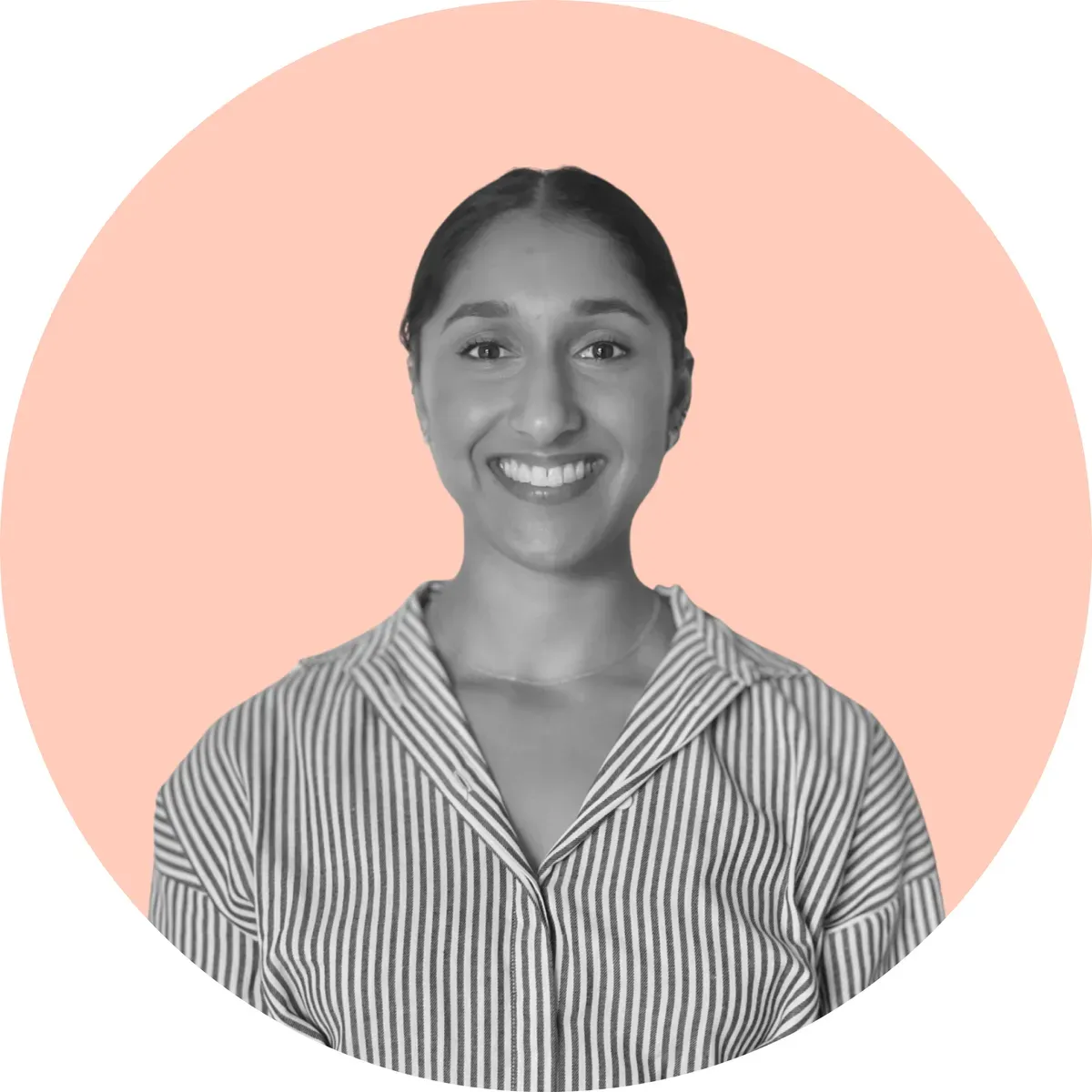A medication chart can be created by including information regarding dosage, time of day, and whether the medicine should be consumed before or after meals. It is recommended that you use our template example to get an idea of what information to include.

Medication Chart Template
Keep medications organized to avoid medicine mismanagement and adverse outcomes and enhance overall patient health. Download our Medication Chart Template now!
Use Template
Medication Chart Template Template
Commonly asked questions
Medication Chart Templates are primarily used as a medicine management strategy, particularly for patients who take multiple medications simultaneously.
The templates are a visual tool that provides all the information required for accurate medication use on one resource. These may also be used to document any symptoms or experiences linked to medication and plan for repeat prescriptions.
EHR and practice management software
Get started for free
*No credit card required
Free
$0/usd
Unlimited clients
Telehealth
1GB of storage
Client portal text
Automated billing and online payments











